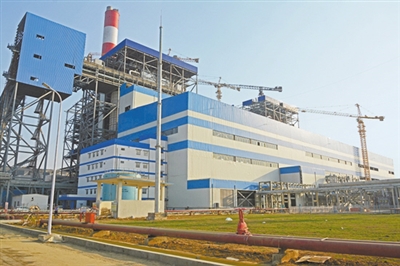
 |
Dr. Soumyajit Roy, who heads the Materials Science Center at the Indian Institute of Science Education and Research Kolkata in India, is the author of ChinEye, a book he says is a lens to explore China and her beauty, especially for young minds. The book is about the science and technology, philosophy and culture that define China.
China and India, two of the world's major developing countries and emerging economies, and the founding members of BRICS, are both at pivotal stages in their development. China's goal is to become a modern socialist country in all respects by the middle of the century, and India's "Viksit Bharat 2047" is the vision to transform into a developed nation by 2047, the 100th year of independence.
As the two neighboring nations advance their modernization, they are cooperating in many fields such as agriculture, energy infrastructure and the steel industry. Their bilateral trade is growing, increasing by 8.5 percent in the first quarter of 2024.
For a long time, agriculture has been an important field of cooperation. China's hybrid rice technology has significantly boosted India's rice yields. Now the collaboration has expanded to the development of superior crop varieties, agricultural product processing, and modern agricultural techniques.
China-India cooperation in energy infrastructure has also seen tangible results. A notable example is the No.2 generator unit of the Guddha project in Jharkhand in eastern India constructed by the Power Construction Corporation of China.
This ultra-supercritical thermal power plant uses advanced environmental protection technology to reduce carbon emissions by 30 percent. It has not only eased the local power shortage but last year began exporting electricity to Bangladesh through a dedicated transmission line.
In addition, this project is boosting the development of the Bangladesh-China-India-Myanmar Economic Corridor, fostering regional connectivity and industrial integration.
The recent commissioning of the newly-built blast furnace at the Tata Kalinganagar steel plant in eastern India, the largest in the world, is designed and equipped by a subsidiary of China Minmetals. It marks a milestone in bilateral steel industry cooperation. The project, which takes into consideration local conditions and practices, uses advanced techniques such as full-process 3D and modular design, achieving fully digitalized project design, management, and delivery.
China-India cooperation brings mutual benefits and shares the aspirations of both nations. As the two countries continue to work together, the partnership will contribute to their national development goals as well as the broader goal of creating a more interconnected and prosperous global community.


 Next
Next




